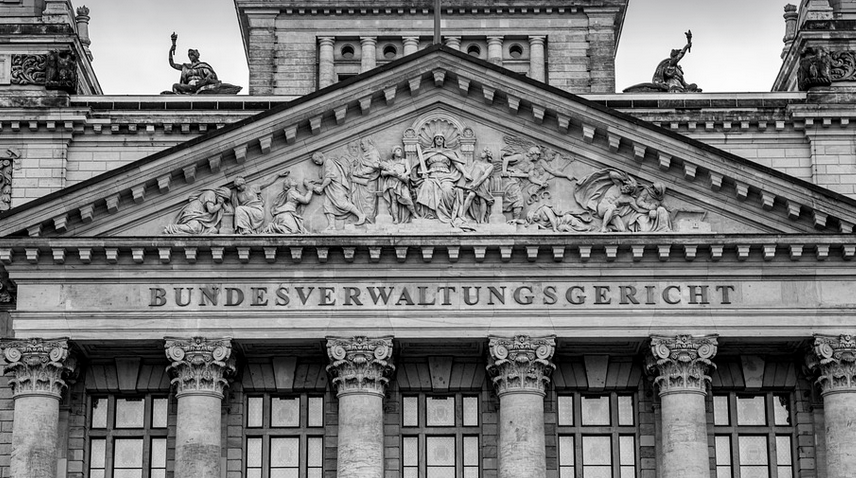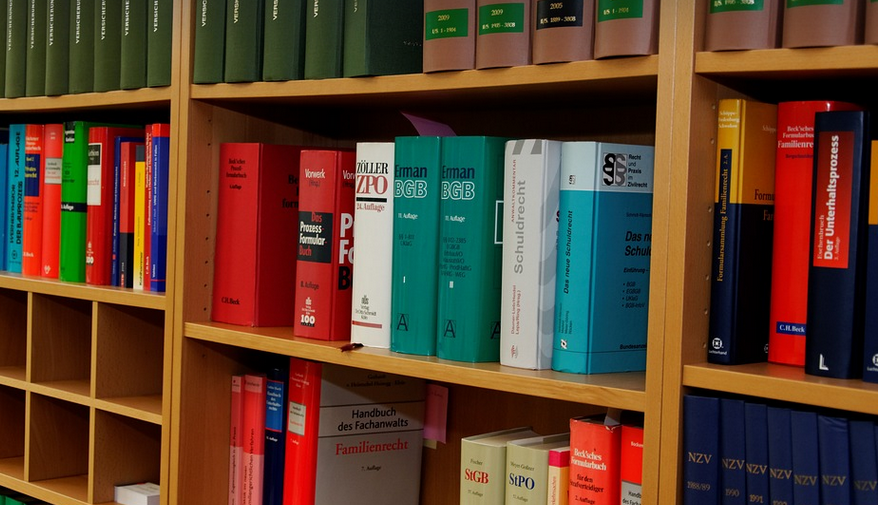Deconstructing a Dream: Exploring the World of Vintage Wedding Garments
Ever imagined slipping on a gown that whispered tales of bygone eras? A dress adorned with delicate lace, its every thread a testament to craftsmanship and tradition? Well, step into the captivating world of antique wedding dress lace, where history meets glamour in a symphony of vintage charm.
This journey through time offers a unique window into the evolution of bridal fashion, revealing exquisite designs that continue to enchant and inspire modern brides. The allure of antique lace lies not just in its age, but also in the stories woven into each delicate stitch.
Imagine strolling down a ballroom hall, resplendent in a gown crafted with intricate Chantilly Lace. This timeless fabric, originating from France, was synonymous with elegance during the 18th and 19th centuries. Its airy, openwork design, characterized by floral motifs and delicate gossamer threads, became a hallmark of Victorian bridal attire.
The history of lace weaving is as old as the civilizations that thrived throughout eras past. Hand-drawn embroidery began even in ancient Egypt, followed by intricate patterns woven into tapestries and later utilized for embellishing garments. But it was during the late Middle Ages that true artistry saw a breakthrough; lacemakers started to employ elaborate techniques like bobbin lace, thread work, and needlepoint.
As with most historical objects, antique wedding dress lace holds within its fibers a rich tapestry of cultural and societal nuances. The styles varied based on time periods, regional trends, and the social standing of the bride. In the Victorian era, for example, the use of lace became even more pronounced in bridal gowns.
The Charms of Each Era
Walking through time with antique wedding dress lace is a delightful experience for every fashion enthusiast. It’s like stepping into fashion history itself. The intricate patterns and embellishments of each decade tell a story, revealing the influence of art, craftsmanship, and societal values.
For instance, the delicate floral motifs found on Victorian laces speak volumes about their era’s romantic ideals and the pursuit of femininity. The Edwardian era saw lace take center stage in more elaborate and opulent designs that reflected the flourishing art movement of the time. The use of intricate beading, sequins, and embroidery added a touch of glamour to these dresses.
Then comes the Roaring Twenties, a period marked by societal shifts and a surge in new styles. Lace embraced this era’s spirit as it became a symbol of liberation and modernity. Embellishments like fringe and geometric designs, often paired with bold colors, were all the rage, reflecting the daring fashion trends of the decade.
As time marches on, we can see how antique lace has continued to inspire modern brides. Its timeless elegance allows for a blend of vintage charm and contemporary style. It’s a testament to the enduring power of classic beauty that transcends generations.
The Magic of Preservation
Preserving these historical treasures is crucial. Antique wedding dress laces require careful handling and conservation measures to prevent damage. These laces are delicate pieces, often made with materials like silk, cotton, or even linen, making them prone to wear and tear if not handled with care.
Thankfully, advancements in textile technology have allowed for the restoration of these timeless pieces. Restorers use techniques to clean, repair, and preserve damaged sections, ensuring their beauty is preserved for future generations. The meticulous work involved speaks volumes about the enduring value of preserving history through these exquisite items.
Today, antique lace is more than just a fabric; it’s a symbol of love, tradition, and timeless elegance. It’s a reminder that some things transcend time, offering a touch of magic and romance to every bride who falls in love with its beauty.
***



